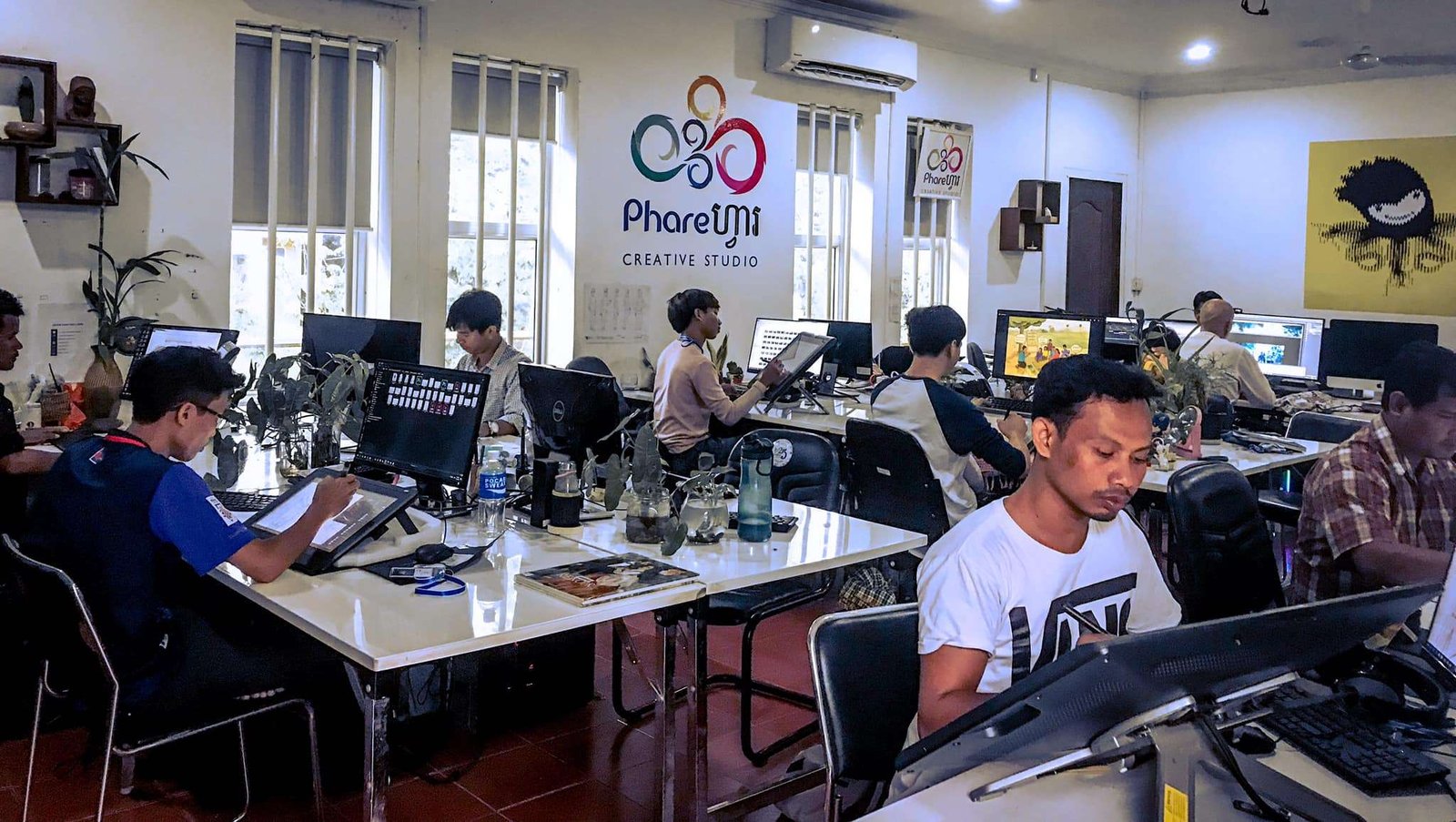As we move forward into the next decade, we can expect to see significant advancements in various emerging technologies. These innovations have the potential to reshape industries, redefine the way we live our lives, and even change the global economy. In this article, we will explore four groundbreaking technologies that are predicted to disrupt the next three to eight years and the impact they may have on the world.
1. Neuromorphic Computing: Revolutionizing AI and Machine Learning
One of the most promising emerging technologies is neuromorphic computing, which aims to mimic the structure and function of the human brain using digital or analog processing techniques. By doing so, it has the potential to revolutionize the field of artificial intelligence (AI) and machine learning.
Neuromorphic computing systems simplify product development, enabling product leaders to develop AI systems that can better respond to the unpredictability of the real world. Early use cases include event detection, pattern recognition, and small dataset training. We can expect to see breakthrough neuromorphic devices by the end of 2023, with widespread adoption likely within five years. This technology could disrupt current AI developments, offering power savings and performance benefits unattainable with existing AI chips.
2. Self-Supervised Learning: Accelerating Data Annotation and Labeling
Self-supervised learning is another groundbreaking technology that has the potential to transform industries reliant on AI and machine learning. This automated approach to annotating and labeling data enables machine learning algorithms to learn how information relates to other information, which is particularly useful in computer vision and natural language processing (NLP) applications.
The potential impact of self-supervised learning is extensive, as it will extend the applicability of machine learning to organizations with limited access to large datasets. It is expected to take six to eight years for this technology to reach early majority adoption, significantly impacting existing products and markets.
3. The Metaverse: Creating an Immersive Digital Environment
Another highly anticipated emerging technology is the metaverse, an immersive digital environment that intersects with the physical world’s real-time, spatially organized, and indexed content. The metaverse will bring together various independently evolving trends and technologies, such as spatial computing, digital persistence, decentralization tech, high-speed networking, and AI applications.
While the benefits and opportunities of the metaverse are not immediately viable, we can expect the transition toward the metaverse to be as significant as the one from analog to digital. It may take more than eight years for the metaverse to reach early majority adoption, but its impact on existing products and markets will be substantial.
4. Human-Centered AI: Enhancing Cognitive Performance and Ethics
Human-centered AI (HCAI) is an AI design principle that emphasizes the benefit of AI to people and society. By focusing on improving transparency and privacy, HCAI aims to create a partnership between humans and AI, enhancing cognitive performance, learning, decision-making, and new experiences.
HCAI enables vendors to manage AI risks, be ethical, responsible, and more efficient with automation, while complementing AI with a human touch and common sense. It is expected to take three to six years for HCAI to reach early majority adoption, with a substantial impact on existing products and markets.
The next decade will be an exciting time for technology and innovation. Neuromorphic computing, self-supervised learning, the metaverse, and human-centered AI are just four of the many emerging technologies that will disrupt industries and reshape the world. As we continue to explore and develop these groundbreaking innovations, we can expect to see significant advancements that will redefine the way we live, work, and interact with the world around us.








